Wind turbine made by Vestas, deployed by RE
2024 looks set to be a bumper year for renewable energy in terms of both demand and the addition of new capacity. However, the green transition is not happening fast enough to meet internationally agreed targets. It will be a steep uphill climb to head global warming off at the pass. Fortunately, there is no lack of inventiveness in this field, and there is plenty of scope for stainless steel to shine.
By James Chater
First, the good news…
- The share of coal in India’s energy sector has plummeted to less than half.
- In April 2024, Greece went for seven days without using coal.
- Chinese exports of renewable energy products have increased 35% in four years, mainly thanks to battery storage systems. The country has also seen a reduction of 3% in CO2 emissions.
- In April 2024, 95% of Portugal’s energy needs were met by renewables: hydro-electric, wind and sun in that order.
These are some of the good signs for renewables as they increase their market share and ramp up new capacity at an astounding rate. Recently, renewables surpassed 30% of electricity production. In 2024, investment in clean energy will be twice the amount going into fossil fuels. The fastest growing countries are China, Brazil and the Netherlands, with China accounting for 51% of new solar generation and 60% of new wind power.
As shown in the box ‘Highest share of renewables’, countries with the highest share are often small, whereas overall production is dominated by China and the USA. Islands and remote communities, where access to the grid can be difficult, can benefit greatly from renewables. This is the logic behind the SIDS (Small Island Developing States) initiative, coordinated by IRENA. Another example is the Greek island of Naxos, where wind and solar energy generated on the island is transmitted to the mainland via a recently built underwater cable. Remote locations, often faced with supply-chain problems, also benefit from 3D printing.
Did you know?
The world’s most powerful wind turbine in operation is the MySE 16-260, from Chinese manufacturer Mingyang. Capable of running at 16 MW, it is deployed offshore China. It will be followed by the same company’s MySE 18.X-28X (18 MW) and its MySE 22MW (22 MW).
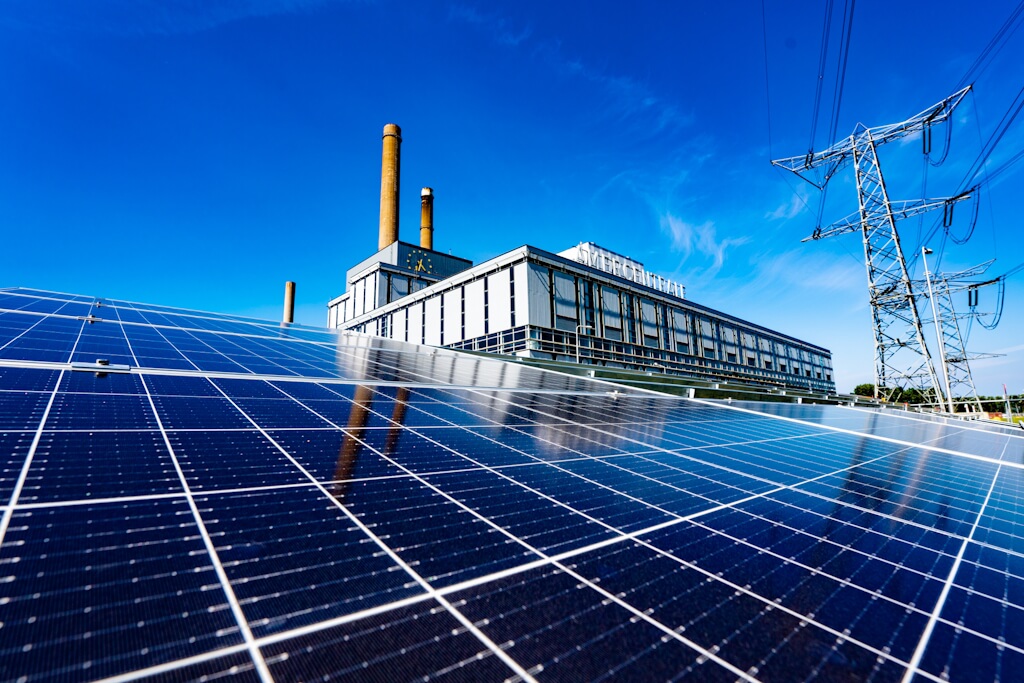
Now, the bad…
Despite considerable progress, the transition is not happening fast enough. The world is not on track to meet the targets set by international agreements with which compliance is necessary
if the worst of global warming is to be averted. According to the IEA, to limit global temperature rises to 1.5°C, CO2 emissions from the energy sector need to reach net zero by 2050; the COP28 goal of tripling renewable energy capacity by 2030 is achievable, but deployment must be accelerated still further to meet this target.
At least three obstacles stand in the way of speedier development:
- Poor governance, manifested in lack of political will, procrastination, war and authoritarianism;
- Ignorance, eg the persistent belief among some that climate change is a hoax; and
- Favours and subsidies still being given to fossil fuel companies: if the subsidies were instead awarded for renewables, the transition would be greatly accelerated.
Projects
For reasons of space, our description of projects is restricted to solar, wind, marine and geothermal, which is not to deny the important contribution of hydropower, green hydrogen and biofuels to low-carbon energy production.
Solar (with or without wind) – Solar is probably the least controversial renewable energy type. Its chief drawbacks are the lack of appropriate locations and the low-capacity utilisation rate, meaning that it is viable only when coupled with storage. Japanese scientists are tackling these problems in two ways: first, with solar energy beamed from giant panels in space, where the sun’s rays are converted into microwaves and transmitted to earth; second, with perovskite solar cells (PSCs). Whereas the first technology is a long way off, the second is being developed right now. PSCs are thin, light, and flexible, so they can be installed in places where conventional solar panels cannot be, such as on exterior walls or curved surfaces. Recent improvements in sealing technology have made them more viable than before.
Solar installations are getting larger: recently the world’s largest solar installation came online in the Xinjiang Uyghur Autonomous Region. It weighs in at 3.5 GW. And soon, India will host the largest green power plant ever, extending over 200 square miles, at Khavda, in Gujarat, Western India. The plant, which is being built by Adani (AGEL) and will combine wind and solar, will help India achieve its goals of a 50/50 mix of renewables and fossil fuels by 2030 and of net zero by 2070. When completed, it will total 30 GW. By comparison, the USA’s Yellow Pine Solar project seems miniscule, yet it will generate 500 MW and power 100,000 homes.
Highest share of renewables
Which countries have the highest share of renewables as a percentage of electricity generation? According to one source (1), Norway is in the lead at 98.5%, followed by Brazil, New Zealand and Colombia. But according to the Renewable Institute (2), in 2022 Albania, Paraguay, Ethiopia and Nepal each produced more than 99.7% of their electricity through renewables. Countries that make it into the “top 10” tend to be demographically small, except for Germany and the UK, which occupy ninth and tenth places, respectively.
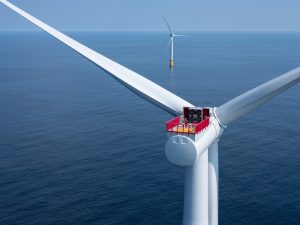 Wind – Like solar, wind power is growing rapidly (up 5,845% between 2000 and 2021). Its main disadvantage is that the larger turbines are considered unsightly and noisy. This favours offshore development, where the most ambitious projects are already taking place. The most important offshore projects under development are the Baltic Power Offshore Wind Farm (ORLEN Group
Wind – Like solar, wind power is growing rapidly (up 5,845% between 2000 and 2021). Its main disadvantage is that the larger turbines are considered unsightly and noisy. This favours offshore development, where the most ambitious projects are already taking place. The most important offshore projects under development are the Baltic Power Offshore Wind Farm (ORLEN Group
and Northland Power; 9 GW, offshore Poland; scheduled for completion by 2030), Dogger Bank (three phases, 3.6 KW), the Morgan and Mona Offshore Project (BP and EnBW Energie Baden-Wurttemberg; 40 GW by 2030) and RWE’s Nordseecluster (1.6 GW by early 2027).
Marine energy (ocean/wave/tidal) – Energy derived from the ocean embraces a variety of different technologies. Wave energy conversion projects include Enel’s installation at Las Cruces, Chile. One of the world’s most ambitious tidal energy projects is the Orbital O2, from Orbital Marine Power, which is being tested in Orkney, Scotland. This represents a new kind of tidal energy, whereby turbines are placed directly into fast-flowing streams of water.
Geothermal – Geothermal is another energy type with great potential. One of the areas likely to undergo especially dynamic growth is the area of the Rift Valley in eastern Africa, especially Kenya and Ethiopia. At the centre of future developments is Olkaria in Kenya, in which Japan has invested heavily.
Like nuclear, geothermal, until now, has relied on an abundant water supply. However, Mitsubishi subsidiary Turboden has found a way of replacing water with an organic fluid with high molecular mass. Ten different fluids are available, depending on the specific conditions. An important objective is to expand the number of exploitable sites by allowing the use of lower geothermal temperatures. This can be achieved with closed-loop technology, which is being used by Fervo Energy at a site in Utah, USA.
Another interesting development is the repurposing of disused oil fields for geothermal exploration. This is happening in Texas (Sage Geosystems) and a partnership between CeraPhi Energy and Fraser Well Management (FWM).
How ‘green’ is nuclear?
The main advantage of power generation from nuclear fission is its low-carbon emissions. Disadvantages include an over-reliance on water (though water-free designs also exist); long lead times; and the risk of accident or damage.
Since the squeeze on fossil fuels triggered by the war in Ukraine, attention has been shifting to nuclear fission as a low-carbon means to fill the gap. There is a marked flurry of interest in small modular nuclear (SRM) reactors. At around 300 MW apiece, these are about a third smaller than conventional reactors. This kind of decentralised power plant saves a lot of the planning headaches of larger ones, leading to fewer delays. The design, which depends on passive systems such as gravity, is considered safer. Russia has deployed a floating nuclear plant of this type, and about 80 commercial designs are being developed, while plants are being licensed or are under construction in Argentina, Canada, China, Russia, South Korea and the USA.
A reactor type called “Natrium plant”, designed by TerraPower, uses liquid sodium instead of water as a coolant. Since sodium does not need to be pumped and can absorb all the extra heat generated in the nuclear core, it is a safer design. The first project, in Kemmerer, Wyoming, USA, has just gone online.
Another promising development could be the hybrid power plant, combining nuclear power with various forms of green energy, leveraging the advantages of each power source (3).
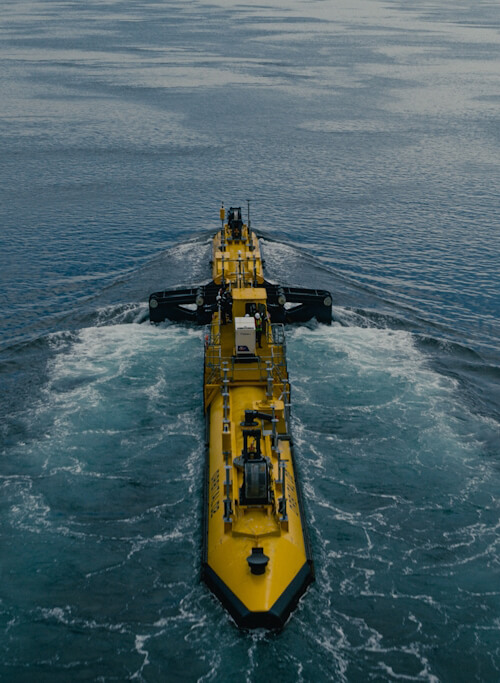
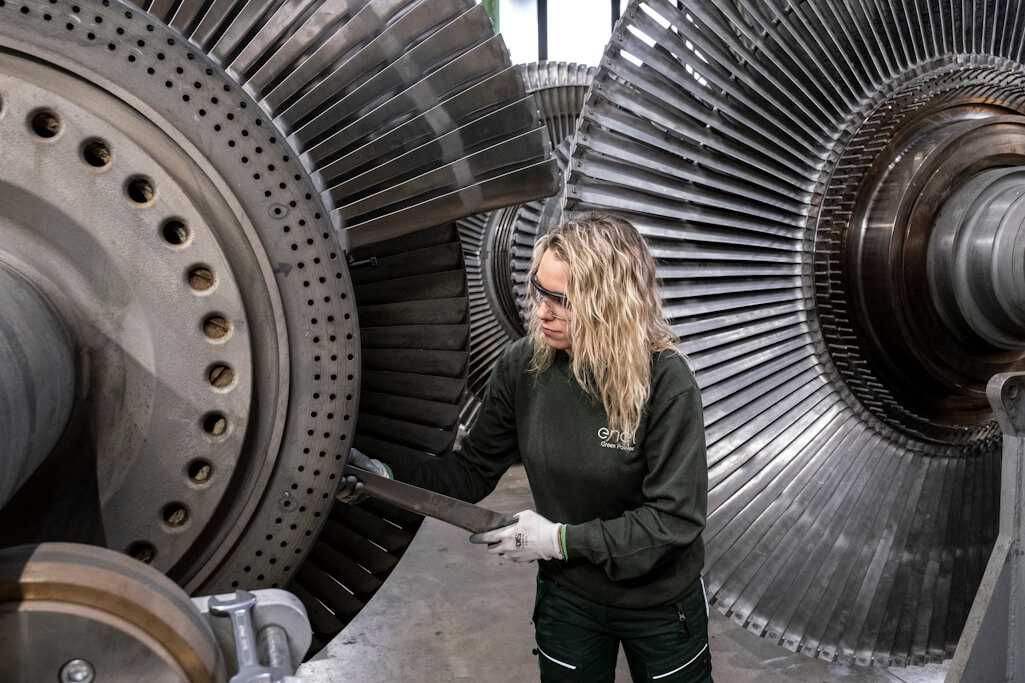
 Stainless steel
Stainless steel
Stainless steel and special alloys are used in a wide range of applications in renewable and low-carbon energy. Geothermal sites are highly corrosive, requiring duplex, titanium or nickel alloys. For example, Butting recently supplied casings in super-duplex and Alloy 625 for a site in the Salton Sea in Southern California. These casings are used to line boreholes.
Marine energy is also a corrosive environment requiring some use of stainless steel. NREL is developing a stainless-steel turbine spar that is 3D-printed using a robotic system from Ai Build. It is designed for remote coastal communities in which 3D-printing a worn part is a practical way of avoiding supply-chain issues. Both solar and nuclear are ready markets for high-alloy tubing. Alfa Laval and Hyme Energy are jointly developing steam generators for molten hydroxide salt energy storage. Alleima’s steam generator tubes are being applied in a SMR (in this case a PWR) made by NuScale Power, the order having come from Doosan.
References
- https://www.be-the-story.com/en/environment/the-cleanest-countries-leading-the-way-to-renewable-energy/
- https://www.renewableinstitute.org/seven-countries-now-use-renewable-energy-for-100-of-their-electricity/
- https://www.iaea.org/publications/13594/nuclear-renewable-hybrid-energy-systems-for-decarbonized-energy-production-and-cogeneration.
About this Featured Story
Appearing in the August 2024 issue of Stainless Steel World Magazine, this Featured Story is just one of many insightful articles we publish. Subscribe today to receive 10 issues a year, available monthly in print and digital formats. – SUBSCRIPTIONS TO OUR DIGITAL VERSION ARE NOW FREE.
Every week we share a new Featured Story with our Stainless Steel community. Join us and let’s share your Featured Story on Stainless Steel World online and in print.



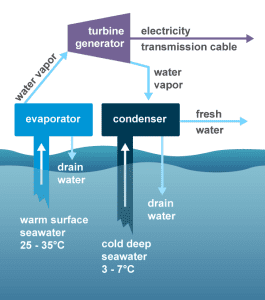 Stainless steel
Stainless steel